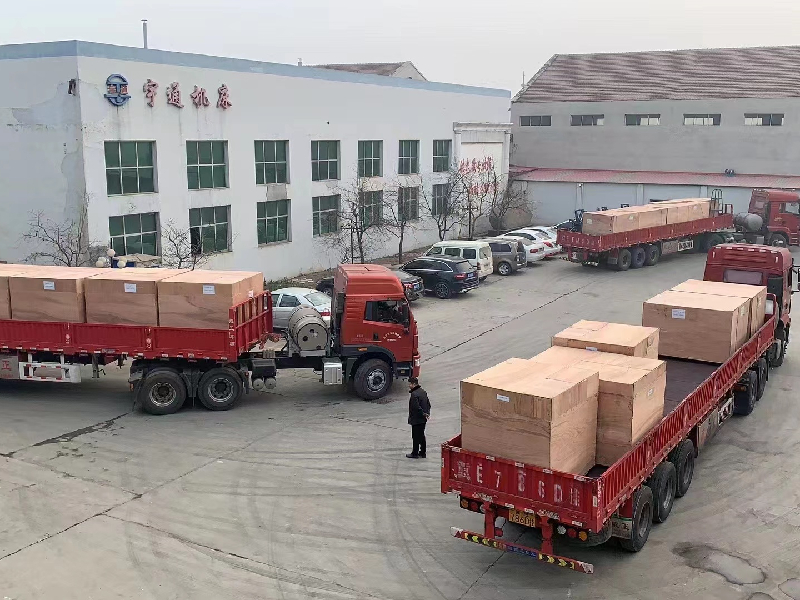
-
 Afrikaans
Afrikaans -
 Albanian
Albanian -
 Amharic
Amharic -
 Arabic
Arabic -
 Armenian
Armenian -
 Azerbaijani
Azerbaijani -
 Basque
Basque -
 Belarusian
Belarusian -
 Bengali
Bengali -
 Bosnian
Bosnian -
 Bulgarian
Bulgarian -
 Catalan
Catalan -
 Cebuano
Cebuano -
 Corsican
Corsican -
 Croatian
Croatian -
 Czech
Czech -
 Danish
Danish -
 Dutch
Dutch -
 English
English -
 Esperanto
Esperanto -
 Estonian
Estonian -
 Finnish
Finnish -
 French
French -
 Frisian
Frisian -
 Galician
Galician -
 Georgian
Georgian -
 German
German -
 Greek
Greek -
 Gujarati
Gujarati -
 Haitian Creole
Haitian Creole -
 hausa
hausa -
 hawaiian
hawaiian -
 Hebrew
Hebrew -
 Hindi
Hindi -
 Miao
Miao -
 Hungarian
Hungarian -
 Icelandic
Icelandic -
 igbo
igbo -
 Indonesian
Indonesian -
 irish
irish -
 Italian
Italian -
 Japanese
Japanese -
 Javanese
Javanese -
 Kannada
Kannada -
 kazakh
kazakh -
 Khmer
Khmer -
 Rwandese
Rwandese -
 Korean
Korean -
 Kurdish
Kurdish -
 Kyrgyz
Kyrgyz -
 Lao
Lao -
 Latin
Latin -
 Latvian
Latvian -
 Lithuanian
Lithuanian -
 Luxembourgish
Luxembourgish -
 Macedonian
Macedonian -
 Malgashi
Malgashi -
 Malay
Malay -
 Malayalam
Malayalam -
 Maltese
Maltese -
 Maori
Maori -
 Marathi
Marathi -
 Mongolian
Mongolian -
 Myanmar
Myanmar -
 Nepali
Nepali -
 Norwegian
Norwegian -
 Norwegian
Norwegian -
 Occitan
Occitan -
 Pashto
Pashto -
 Persian
Persian -
 Polish
Polish -
 Portuguese
Portuguese -
 Punjabi
Punjabi -
 Romanian
Romanian -
 Russian
Russian -
 Samoan
Samoan -
 Scottish Gaelic
Scottish Gaelic -
 Serbian
Serbian -
 Sesotho
Sesotho -
 Shona
Shona -
 Sindhi
Sindhi -
 Sinhala
Sinhala -
 Slovak
Slovak -
 Slovenian
Slovenian -
 Somali
Somali -
 Spanish
Spanish -
 Sundanese
Sundanese -
 Swahili
Swahili -
 Swedish
Swedish -
 Tagalog
Tagalog -
 Tajik
Tajik -
 Tamil
Tamil -
 Tatar
Tatar -
 Telugu
Telugu -
 Thai
Thai -
 Turkish
Turkish -
 Turkmen
Turkmen -
 Ukrainian
Ukrainian -
 Urdu
Urdu -
 Uighur
Uighur -
 Uzbek
Uzbek -
 Vietnamese
Vietnamese -
 Welsh
Welsh -
 Bantu
Bantu -
 Yiddish
Yiddish -
 Yoruba
Yoruba -
 Zulu
Zulu
Different Types of Thread Rolling Techniques and Their Applications
Understanding the Types of Thread Rolling An In-Depth Exploration
Thread rolling is a widely used manufacturing process that forms threads on cylindrical parts through a cold forming technique. This method involves the use of rollers with helical grooves that create the threads by displacing the material, rather than removing it. As companies continue to seek efficient production methods that enhance the strength and reliability of threaded components, understanding the various types of thread rolling becomes essential. This article explores the different types of thread rolling, their applications, and advantages.
1. Flat Die Thread Rolling
Flat die thread rolling is one of the most common methods employed in the industry. In this process, cylindrical workpieces are placed between two flat dies that have specifically designed grooves. As the dies move toward each other, they exert pressure on the material, causing it to flow into the grooves and form the desired thread profile. This technique is particularly effective for producing external threads and is commonly used in manufacturing screws and bolts.
Advantages Flat die thread rolling provides excellent dimensional accuracy and surface finish. It also improves the fatigue strength of the threaded components due to the cold working of the material, which aligns the grain structure. This method is versatile and can handle a wide range of materials, including metals and plastics.
2. Circular Die Thread Rolling
Circular die thread rolling is a more advanced technique that uses cylindrical dies instead of flat plates. The workpiece rotates between two circular dies that have helical grooves. This system allows for high production rates and is ideal for producing long threaded components such as rods and shafts. The circular motion of the dies provides an efficient way to form threads over the entire length of the component simultaneously.
Advantages This method is particularly advantageous for high-volume production because it reduces cycle times and increases efficiency. Additionally, due to the continuous operation, it can produce threads with consistent quality. Circular die rolling is able to accommodate a larger variety of thread types, including fine threads and unified threads, making it versatile for different applications.
types of thread rolling quotes

3. Thread Rolling Machines
Thread rolling machines combine both flat and circular die methods to create a flexible manufacturing process. These machines come equipped with adjustable dies that can be configured for various thread pitches and diameters. Their versatility makes them suitable for manufacturing a wide range of threaded items, from large fasteners to small precision components.
Advantages The primary benefit of using thread rolling machines is their adaptability. Manufacturers can quickly switch between different thread profiles, which is useful for businesses that produce small batches of specialized components. These machines are also designed for ease of use, allowing operators to set up and change the dies with minimal downtime.
4. Multi-Stage Thread Rolling
Multi-stage thread rolling involves multiple rolling operations to produce complex thread geometries in a single pass. This method is especially beneficial for creating threads with varying profiles along the length of a component, such as tapered threads or those with differing diameters.
Advantages By consolidating several operations into one, multi-stage thread rolling increases production efficiency and reduces the need for secondary machining processes. It also minimizes material waste and ensures that the mechanical properties of the materials remain intact, leading to stronger and more reliable threads.
Conclusion
The choice of thread rolling technique largely depends on the specific requirements of the production process, including the type of material, desired thread profile, and production volume. Each method—flat die, circular die, thread rolling machines, and multi-stage rolling—offers distinct advantages that can significantly enhance the manufacturing process. As industries continue to evolve, the innovation in thread rolling technologies will likely play a crucial role in meeting the increasing demand for high-quality threaded components. Understanding these various types allows manufacturers to optimize their production techniques and ultimately contribute to the advancement of modern engineering.
